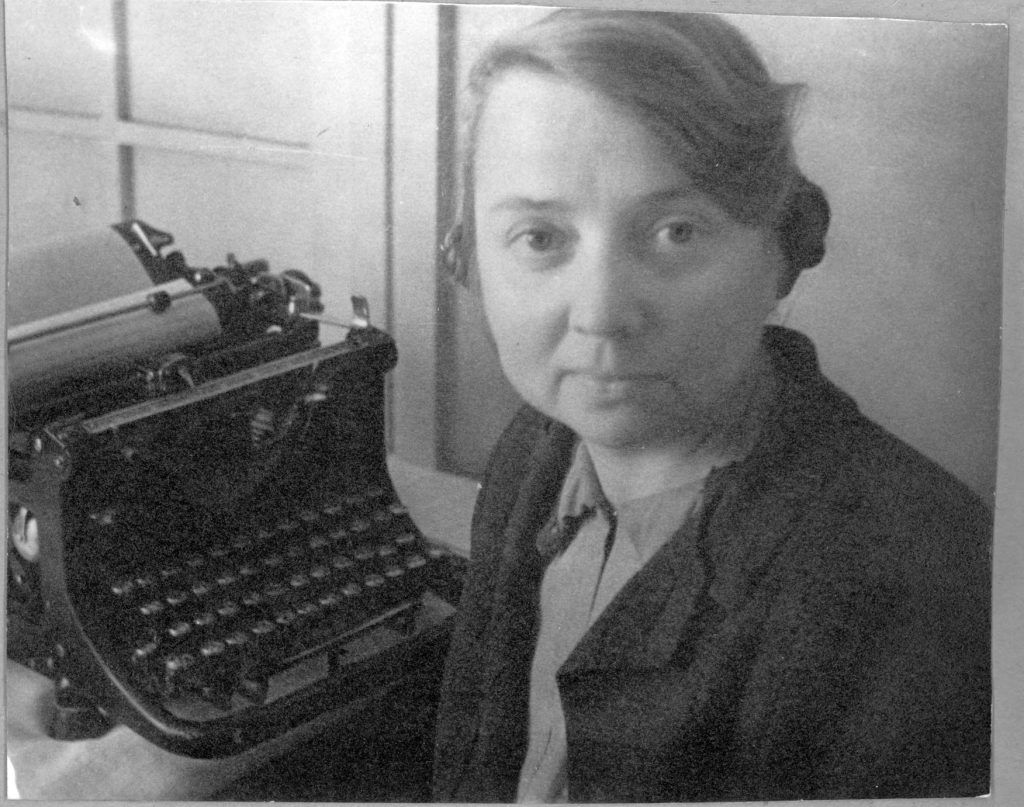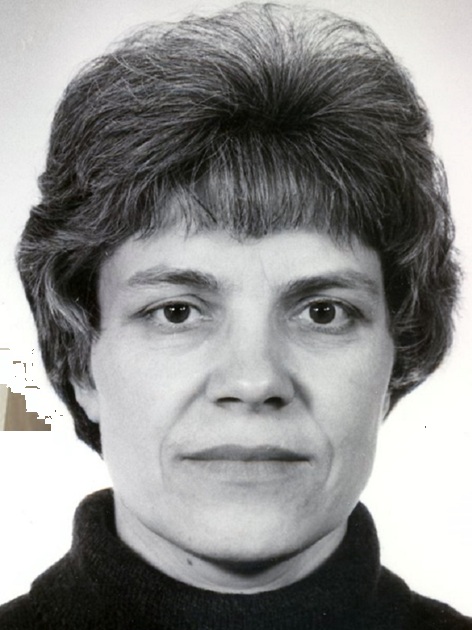The most comprehensive list of Frumkin’s publications was compiled by Dr Evgeniya I. Khrushcheva. Its first online version was designed by Dr Mariya L. Khrushcheva as bibliographic list. We follow the basic structure of that collection and seek to add missed items and to acquire pdf’s of the missing texts. Our main goal is to add the comments helping to navigate. Namely, (i) we present the articles in Russian and their translations (if available) as single items; (ii) we added brief comments near the articles containing the most important advancements; (iii) we took care of the links between subsequent articles devoted to the same topics; (iv) we pay special attention to the series of articles with the numbers in the titles. Note that these series typically consist of articles with and without Frumkin’s authorship. We arranged a separate list of Frumkin school articles without Frumkin co-authorship, and provided the links to Frumkin’s articles.
Monographs, Chapter, Reviews, and Talks are separated from the original articles, which are presented in five sections, being roughly divided into the following periods.
1914 – 1930: formulation of basic ideas and experimental approaches, all originating from the early Frumkin’s studies of electrocapillary phenomena. First of all, Frumkin isotherm (1925) and potentials of zero charge (1928) should be mentioned. Another seminal finding was the possibility to study the interfacial phemomena by examining the changes in solution composition (1927). This resulted in a very fast progress in understanding interfacial electrochemistry of carbons and platinum group metals. The very early work from 1917 can be considered as a forerunner of the eventual convergence of electrochemistry and hydrodynamics. This is Karpov Inst period, continued in the next decade. Translations (mostly into German) are available for many articles.
1931 – 1940: parallel development of two purely electrochemical directions (‘double layer’ effects in electrode kinetics (1933) and thermodynamics of the perfectly polarizable electrodes (1934-1936)). The studies of adsorption on carbon are continued, which preceeded the studies of the platinum group metals. Hydrogen evolution research was extended to solid metals. The improvements of ac techniques resulted in application of impedance to the quantative study of electrode kinetics (1940). In addition, the hydrodynamics-related branch continued to grow, resulting in the interpretation of polarographic maxima, wetting, and bubbles behavior. This is the period of Frumkin school stationed in both Karpov Inst and Moscow Univ, where the first graduates appear, and the school is expanding. Translated versions in German or English are available for many articles.
1941 – 1956: active development of hydrodynamics direction, in close connection with electrode kinetics. This is the period of the most active Frumkin’s collaboration with Levich, including a series on the motion of metallic particles in electrolyte solutions (1945-1947). Very unusual polarization curves of anions reduction at the negatively charged electrode are discovered (first by T.A. Kryukova in 1949), which demonstrate the strength of Frumkin correction concept. School structure (Academy + Univ) remains the same, but the academic branch moves to the Inst of Physical Chemistry. This is probably the most complex period because of WWII and then because of the fight of soviet authorities with the ‘foreign influence’, which resulted, in particular, in the absence of translations of the vast majority of Russian journals during 1947-1956 period (excluding very few articles in Russ. Chem. Bull., translated starting from 1952).
1957 – 1964: the early period of the Institute of Electrochemistry (Frumkin Institute), developing in parallel with the University branch of the school. Rotating ring disc electrode (1959) was invented; more complete understanding was achieved for anions electroreduction (early 1960s), and for cations effects in this respect; the studies of adsorption of organic molecules began to unfold, including dissociative adsorption on platinum; gallium electrochemistry started to develop, including liquid gallium. Cooperation with “external” electrochemists (Mairanovskyi, Ukshe) becomes systematic. During this period, short publications in Doklady Akademii Nauk predominate (translation of this journal started in 1957).
1965 – 1978: electrocatalysis becomes an important branch starting from the work on methanol adsorption oxidation on Pt and Pt-Ru (1965). Bagotsky and Krishtalik join the Institute and start their independent directions. Thermodynamics of perfectly polarizable electrode progressed a great deal, with involvement of radiotracer techniques to study the ionic adsorption and new electrochemical techniques, resulting in determination of the potentials of zero total and zero free charges for various systems. This fundamental concept is applied not only to platinum group metals, but also to amalgams in presence of corresponding ions. Basic aspects of solvent role in ‘double layer’ formation are addressed systematically. The studies of the interfaces formed by immiscible liquids are initiated. “Electrochemistry” journal is launched, with translated version “Soviet electrochemistry”.
In Discussions/Notes and History/Personalia sections, the most scientifically important items from the initial version of publication list are kept. Some secondary texts (encyclopedic articles, conference abstracts, small prefaces, interviews, and popular notes) are not included in our collection, but can be still found here.
For Russain-speaking readership, Selected works can be of interest: Frumkin A.N., Izbrannye trudy: Elektrodnye protsessy (Selected Works: The Electrode Processes), Moscow: Nauka, 1987, and Frumkin A.N., Izbrannye trudy: Perenapryazhenie vodoroda (Selected Works: The Hydrogen Overvoltage), Moscow: Nauka, 1988. This series also includes the book Aleksandr Naumovich Frumkin: Ocherki, vospominaniya, materialy (Aleksandr Naumovich Frumkin: Essays, recollections, memorabilia) compiled by E.I. Khrushcheva and edited by J. Stradins, Moscow: Nauka, 1989. We should specially mention two persons who played vital role in preserving Frumkin’s heritage.

Aleksandra Sergeevna Guryleva (1906-?) served as Frumkin’s secretary for almost half a century. She started as a typist in Karpov Inst. in 1927. She collected Frumkin’s reprints and other archives.
Evgeniya Ivanovna Khrushcheva, the graduate of Moscow Univ, worked as researcher in Frumkin Inst. Her PhD thesis (1966) was devoted to the oxygen reduction on platinum group metals. Starting from 1980s she compiled the aforementioned books and later created the memorial museum in the former Frumkin’s office. Jointly with L.S. Kanevsky and G.M. Kornacheva, she also published the book “Alexander Naumovich Frumkin. Pupils and collaborators” in 2014.

We would be happy to translate the articles published in Russian. Please, feel free to send us a request.
Contact: Galina Tsirlina, et120659 [at] gmail.com